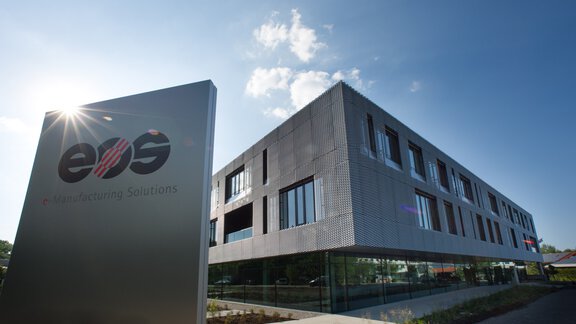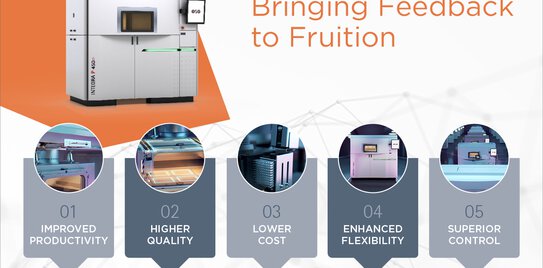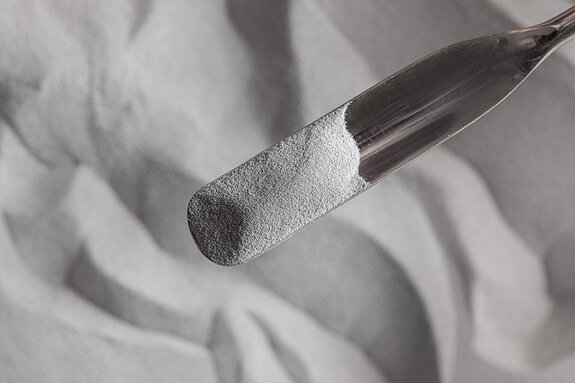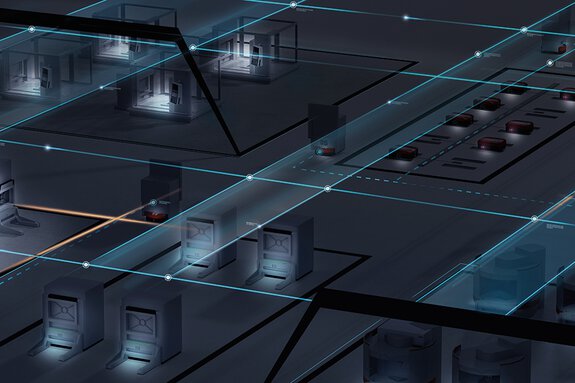INTEGRA P 450: Bringing Feedback to Fruition
The Key Benefits that Guide the INTEGRA P 450
Even though the additive manufacturing industry is over 30 years old, it has only recently begun to deliver on its promise. In the early days it was too slow and too expensive. Furthering the challenge, part quality and consistency were questionable and there weren’t enough engineering grade materials. As a result, 3D printing was used mainly for prototyping.
For nearly two decades, EOS North America has been developing polymer additive manufacturing solutions. Throughout our years of experience, we’ve seen countless applications and collaborated with many of the world’s top engineers. Along the way we’ve collected a library of crucial feedback from those who know best…our customers.
Much of this data and experience guided the development of the INTEGRA P 450. It’s the first polymer system we’ve developed in North America and many of its features and capabilities were expressly designed to overcome the barriers that impeded 3D printing’s adoption and growth.
Key Benefits
Improved Productivity
Built from the ground up, featuring the latest technologies, components and proven engineering quality, the P 450’s high efficiency platform features a powerful 120W laser, quick scanner, fast twin roller and dual sided recoating
Higher Quality
8-zone quartz heating allows areas to be adjusted independently, providing even thermal distribution across the entire build platform, enabling superb quality, consistent mechanical properties and repeatability
Lower Cost
Hot swappable build frame and laser window assembly achieve a 30% increase in production speed* delivering more throughput and lower operating cost
Enhanced Flexibility
Processing at up to 300°C enables a wider range of materials, from lower temperature nylons and elastomers, to higher temp PEKK and composites, allowing users to print applications that weren’t possible before
Superior Control
Thermal imaging camera provides instant feedback, enabling operators to confirm build integrity and monitor part quality
Author: Cary Baur
Built upon decades of industry feedback, the INTEGRA P 450 helps you move from prototyping to serial production.
LEARN MORE



